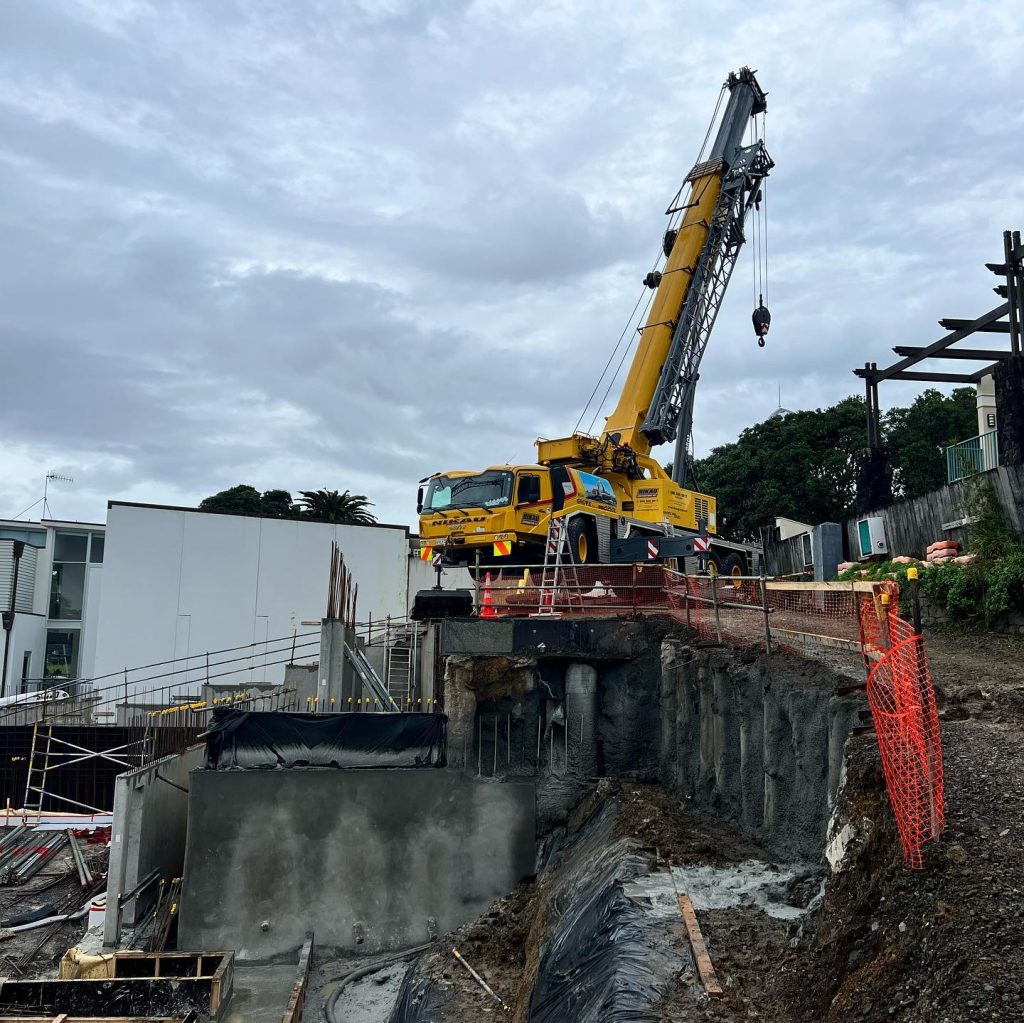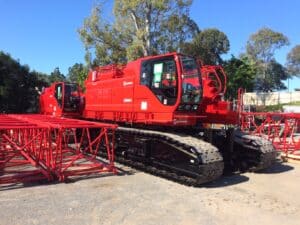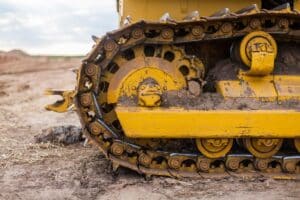The Difference Between Mobile And All-Terrain Cranes

What is an all-terrain crane and its purpose
An all-terrain crane is a type of crane that is designed to be used on any type of terrain. They are typically used in construction and mining operations. All-terrain cranes are also used in disaster relief efforts and for other heavy lifting applications.
All-terrain cranes have a number of advantages over other types of cranes. They are able to travel over rough terrain, which means they can reach places that other cranes cannot. All-terrain cranes are also more stable than other types of cranes, which makes them less likely to tip over.
All-terrain cranes come in a variety of sizes, from small cranes that can lift a few tons, to large cranes that can lift hundreds of tons. The size of the crane will determine its lifting capacity. All-terrain cranes can be powered by either diesel or electric engines.
The purpose of an all-terrain crane is to provide a means of lifting heavy objects in a variety of locations. All-terrain cranes are an essential piece of equipment for many construction and mining projects. They are also used in disaster relief efforts and for other heavy lifting applications.
What is a mobile crane and its purpose
A mobile crane is a crane that is able to move around on its own. The most common type of mobile crane is the truck-mounted crane, which consists of a crane mounted on a truck chassis.
The purpose of a mobile crane is to provide a versatile and convenient way to move heavy loads from one place to another. They are commonly used in construction and industrial settings, but can also be used for other purposes such as moving heavy equipment around a farm or ranch.
Mobile cranes have many advantages over traditional stationary cranes. They are much more manoeuvrable, so they can be used in tight spaces. They can also be used on uneven terrain, which can be a challenge for stationary cranes.
Mobile cranes are available in a wide range of sizes and lifting capacities. The size and lifting capacity of a mobile crane is determined by the truck chassis that it is mounted on. The most common truck chassis used for mobile cranes are the 8×8, 10×10, and 12×12.
The 8×8 truck chassis is the smallest and has a lifting capacity of up to 20 tons. The 10×10 truck chassis is larger and has a lifting capacity of up to 30 tons. The 12×12 truck chassis is the largest and has a lifting capacity of up to 60 tons.
Mobile cranes can be fitted with a variety of attachments to make them even more versatile. The most common attachment is the jib, which is used to extend the reach of the crane. Other attachments include winches, clamps, and buckets.
Mobile cranes are an essential piece of equipment for many industries. They provide a safe and efficient way to move heavy loads from one place to another.
Key Differences between an All-terrain crane and Mobile Crane
All-terrain cranes are built to travel on all types of terrain, while mobile cranes are not
An all-terrain crane is a type of crane that is designed to travel on all types of terrain, while mobile cranes are not. All-terrain cranes are typically used in construction and mining applications, as they are able to travel over rough terrain and access difficult-to-reach areas. Mobile cranes, on the other hand, are typically used in industrial and shipping applications, as they are able to move heavy loads around on smooth surfaces.
All-terrain cranes have a higher ground clearance than mobile cranes
When it comes to working in difficult and challenging terrain, all-terrain cranes have the advantage of being able to clear obstacles that would stop a mobile crane in its tracks. All-terrain cranes have a higher ground clearance than mobile cranes, meaning they can cross over rough ground, ditches and other obstacles that would bring a mobile crane to a standstill.
Not only does this make all-terrain cranes the ideal choice for working in difficult terrain, but it also makes them the perfect choice for working in areas where space is at a premium. With their ability to clear obstacles, all-terrain cranes can operate in tighter spaces than mobile cranes, giving them the edge when it comes to working in urban environments.
Of course, all-terrain cranes come with their own set of challenges. Their higher ground clearance means they are more susceptible to tipping over, and their wider footprint can make them difficult to manoeuvre in tight spaces. But for operators who are willing to take on these challenges, all-terrain cranes offer the perfect solution for working in difficult and challenging environments.
All-terrain cranes have four-wheel drive, while mobile cranes do not
All-terrain cranes are built to travel over any type of terrain, while mobile cranes are not. All-terrain cranes have four-wheel drive, while mobile cranes do not. This gives all-terrain cranes the ability to travel over rough terrain, including mud, snow, and sand. All-terrain cranes also have higher ground clearance than mobile cranes, which allows them to travel over obstacles more easily. In addition, all-terrain cranes are equipped with tires that have a higher load-carrying capacity than those on mobile cranes.
This allows all-terrain cranes to carry heavier loads over rough terrain. All-terrain cranes are also more stable than mobile cranes, due to their four-wheel drive and higher ground clearance. This makes all-terrain cranes the preferred choice for lifting heavy loads over rough terrain.
All-terrain cranes have a more powerful engine than mobile cranes
An all-terrain crane is a type of crane that is designed to be used on a variety of different terrain types. All-terrain cranes have a more powerful engine than mobile cranes, and they also have a higher lifting capacity. All-terrain cranes are typically used for construction projects, and they can be used to lift heavy objects that are not able to be lifted by a mobile crane.
All-terrain cranes have a higher lifting capacity than mobile cranes
An all-terrain crane is a type of crane that is designed to be used on a variety of terrain, including soft or uneven ground, sand, and gravel. All-terrain cranes have a higher lifting capacity than mobile cranes and can be used for a variety of applications, including construction, mining, and transportation. All-terrain cranes are available in a variety of sizes and configurations and can be equipped with a variety of attachments to suit the specific needs of the job.





